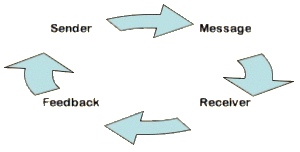Owning a business is relatively easy. Operating a successful, profitable enterprise is an entirely different and more complicated matter.
The easy version is to figure out if you want a sole proprietorship, LLC, S, C, or other corporate designation and get a EIN, then open a bank account. You are now a business owner!
That may be what you think, but let’s look at what you don’t know. Most business owners don’t know what they don’t know about owning a business, so let’s scratch the surface with these few things from a long laundry list, in no specific order. Come back for more in part 2.
- The first question you need to ask is why? Why do you want to own a business? Did you get fired? Believe you can do it better than your employer? Are you setting it up for your children to take over some day, and if that’s your reason, will want it? Do you want to be free from having someone else tell you what to do; and do you understand that consumers will always be your boss? Is this your retirement plan, and will it even make money? Or are you doing this because you believe you have a great product or service to offer people?
- When you look at a corporate structure, consider if anyone else will be involved in the business. Are there going to be partners? Will they be equals or subordinates? Investors? Family members, including a spouse? How do you want to handle taxes? These are questions you will be asked by the professional who helps you set up the corporate structure, and you are wise to engage a business attorney to assist you with establishing bylaws, if necessary, as well as operating agreements and other legal documentation to protect your assets. Check to see if they are qualified to assist with patents, copyrights, trademarks, and any other intellectual property rights you may want to protect.
- Do you know what EIN stands for? It’s the Employer Identification Number you need for tax purposes, both for filing your corporate returns and for your customers to report their financial relationship with your business. Engaging a Certified Public Accountant or Enrolled IRS Agent (EA) to assist with your corporate tax obligations, including quarterly payroll, is another wise decision. Your accountant can help make sure your chart of accounts is set up correctly, that you’re operating on either cash or accrual basis, and that your financial reports (cash flow, profit & loss, balance sheet, etc.) are accurate. They know the questions to ask, which is why we strongly encourage engaging professionals to help you.
We haven’t even scratched the surface or discussed branding and marketing and customer relations and location and many other aspects of operating a business, so check back for part two next week.







